With its new brand name and its newly unveiled theme for the 2022 leg of the competition, the Movin’On Challenge Design is all set to revolutionize the world of transport and make it sustainable, equitable, and beneficial to everyone.
Formerly known as the Michelin Challenge Design, the international competition has a rich 21-year history when it comes to fostering and encouraging innovation from the brightest minds in the design industry. Over the last two decades, the challenge issued a broad brief to designers, asking them to create concept electric vehicles, conceptual Le Mans race cars, and even its 2021 brief — “Respect”, a call to end the mobility divide between people from different communities, walks of life, and with different abilities. Michelin Challenge Design became Movin’On Challenge Design in 2020, reflecting its integration as a featured program of the Movin’On Summit, the world’s foremost gathering for sustainable mobility. Created and inspired by Michelin, the Summit brings together large companies, startups, public and academic authorities, NGOs, and international organizations, as well as a community of experts and professionals to move from ambition to action.
The Movin’On Challenge Design now enters its 2022 edition with its competition theme: DELIVERED. The brief of the theme is to invite designers to focus on logistical equality and equitability, or being able to get goods and services to the people who need them. Nearly 30 percent of the world’s population lives outside urban centers and an equal number reside in economically depressed urban areas with sub-standard infrastructure. The 2022 Movin’On Challenge invites participants to design a mobility solution to provide essential services to all people in a safe, efficient, and sustainable way. The challenge isn’t even a transportation-focused one anymore. It’s open to artists, designers, engineers, architects, city planners, creatives, or anyone with a strong vision to build a more equitable, sustainable future by considering mankind’s need for and relation to mobility. Participants are encouraged to:
- Identify the people or communities that your solution would serve, by including related research, and how it will improve their quality of life.
- Explain how your idea is built on the foundation of inclusive design to enhance the human experience, and not simply to make services more convenient for those who already have access.
- Illustrate how your innovative solution will deliver services to people.
The 2022 Movin’On Challenge Design is now accepting entries up until its submission deadline of March 1st, 2022. The Challenge’s top three winners will be announced at a Movin’On global event in June and concurrently through Movin’On social media channels. Through its first 21 challenges, the competition has received more than 14,700 entries from 136 countries. Scroll down to see a few of our favorites from the 2021 challenge, with its theme: RESPECT.
Click Here to participate in the Movin’On Challenge Design 2022. Deadline for entries: March 1st, 2022.
Crosswing by Drew Spahn
The Crosswing’s clever design turns a prosthetic leg into a skateboard that the prosthetic-wearer can use to skateboard – either for recreation or transportation. The prosthetic leg features a fold-out skateboard that when closed, provides the same walking experience as a prosthetic leg but when opened out, offers a riding experience that compares to a skateboard or pair of skates! The multipurpose artificial limb “turns a disadvantage into an advantage”, mentions Spahn, a fourth-year industrial design student at Kean University.
T.Flex by Siavash Jafari Jozani
T.Flex is an Adaptive Extreme Sports Wheelchair that aims to redefine the pleasure of having an active lifestyle with an enjoyable machine for individuals with limited lower-body mobility. Traditional wheelchairs are designed to be steady and balanced, a feature that becomes a problem for people who want their mobility solutions to be flexible, freeing, and frankly, thrilling. The T.Flex incorporates an innovative steering and a flexible structure to realize this freedom. Moreover, the riding position is highly customizable to meet the needs of individuals with diverse body characteristics, including paraplegics, above-knee amputees, below-knee amputees, and a host of other disabilities. While incredibly unconventional as a design solution, the T.Flex does justice to the 2021 challenge’s theme, giving respect to its user and allowing even the disabled to enjoy the thrills of racing and extreme sports!
Orbit by Seongha Lee, Byunghyun Bae, Byungyoon Jung and Minsun Lee
A modern solution for a modern problem, the Orbit is a mass-transit system designed to provide public transport for people with agoraphobia. The pandemic has drawn major attention to the need to socially distance, although people with agoraphobia find it difficult to be around other people, to begin with. Orbit aims to hit two birds with one stone, providing a public transport system that’s accommodating for all, while still creating a private, personalized travel experience. The larger vehicle acts as a ‘movable nest’ for smaller pods that can independently dislodge from the main body of the Orbit and complete last-mile pickups and drop-offs for people. The main vehicle covers fixed frequent routes while the individual pods provide access in remote areas, picking them up from their locations and taking them to the main vehicle, which transports everyone in their own enclosed bubble!
Tramo by Stefan Perriard
Tramo imagines transportation in a world without cars. Designed for the futuristic car-free city, Tramo offers an equitable mode of transport that’s safe, human-centric, and truly for everyone. The design adopts the shape of a pod-like platform that traverses across the city’s roadways. Its unique design makes space for people who want to stand or sit, as well as for wheelchairs and baby strollers. Designer Stefan Perriard describes Tramo as “a flexible solution with no need for stations — like a moving sidewalk” that you can hop onto or hop off from.
Concept Holosafe by Kiran Babu
The Indian Railways is among one of the world’s largest rail networks, although 41% of its accidents and 63% of its fatalities happen OUTSIDE the train, on railway crossings. Kiran Babu’s Concept Holosafe aims at making the railway crossing not only safer but much more informative too. There’s a sense of complacency when you see the barricade descend at a railway crossing, and most people simply assume that they’ve got a reasonable window of time to cross before the train ACTUALLY arrives because the barricade doesn’t tell you how long you have to wait. This attitude is so prevalent at unmanned crossings in India that the government has decided to completely close off all unmanned crossings in the interest of public safety. Kiran Babu’s solution is a novel one that promotes safety by eliminating complacency and replacing it with actionable information. While it isn’t entirely possible to prevent people from crossing over at unmanned railway crossings, Babu’s solution implements a holographic counter that acts as a ‘traffic light’ of sorts. The holographic barricade creates a virtual ‘red zone’ with a countdown clock to let people know how long they’ll be waiting at the crossing, and when the train passes by, it turns into a green zone with a countdown clock too, giving people a realistic idea of the time they’ve got before the zone turns red again. Sounds a lot like a certain Squid Game event, but hey… this one’s actually designed to SAVE lives!
Click Here to participate in the Movin’On Challenge Design 2022. Deadline for entries: March 1st, 2022.
The post Formerly known as the Michelin Challenge, the “Movin’On Challenge Design” is now accepting entries for 2022! first appeared on Yanko Design.
from Yanko Design
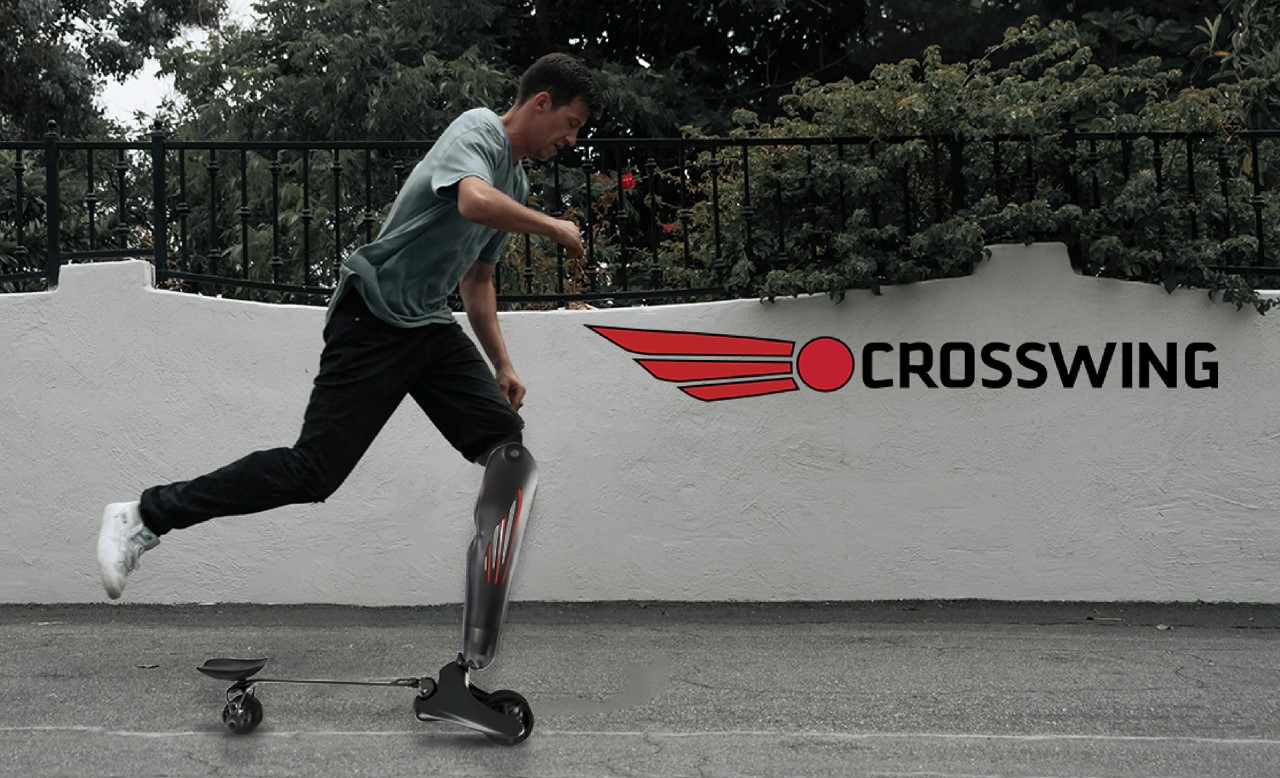
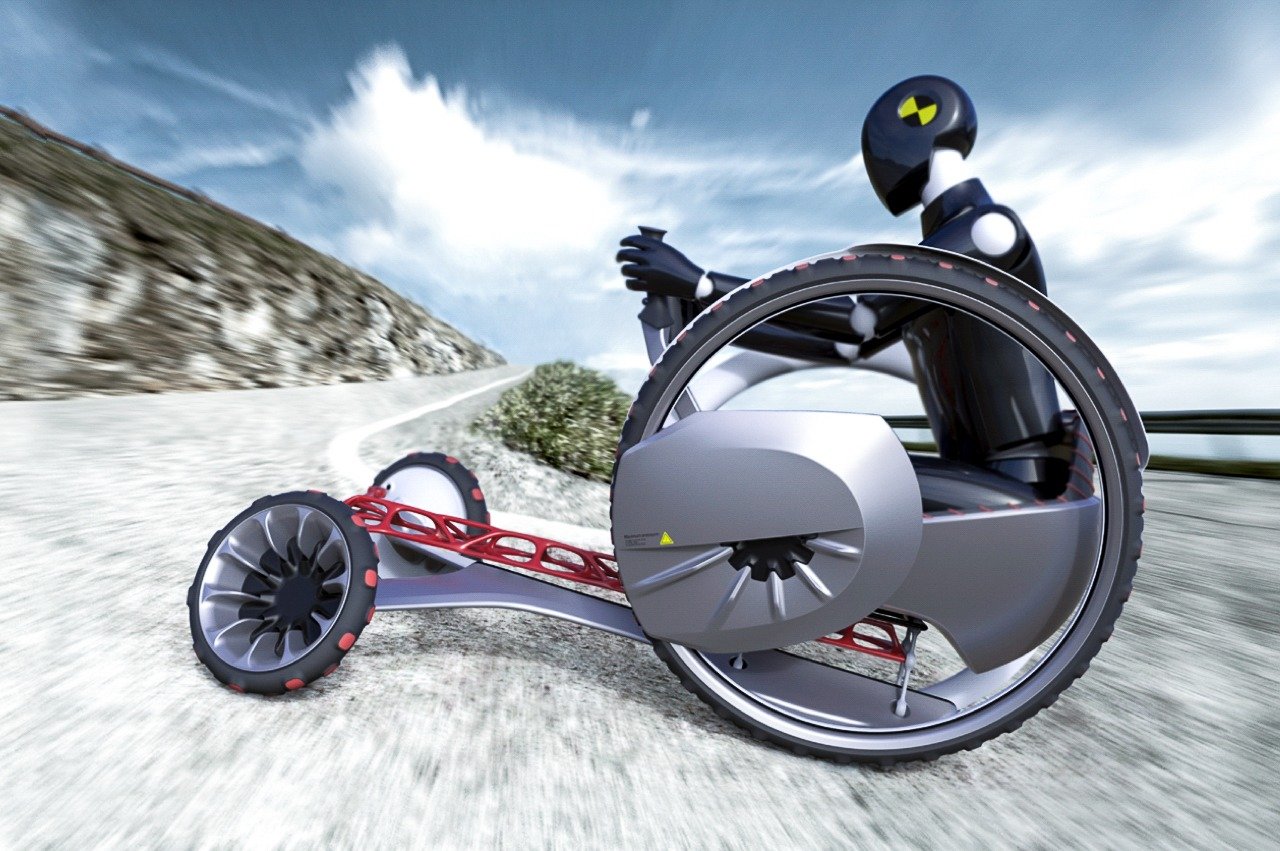
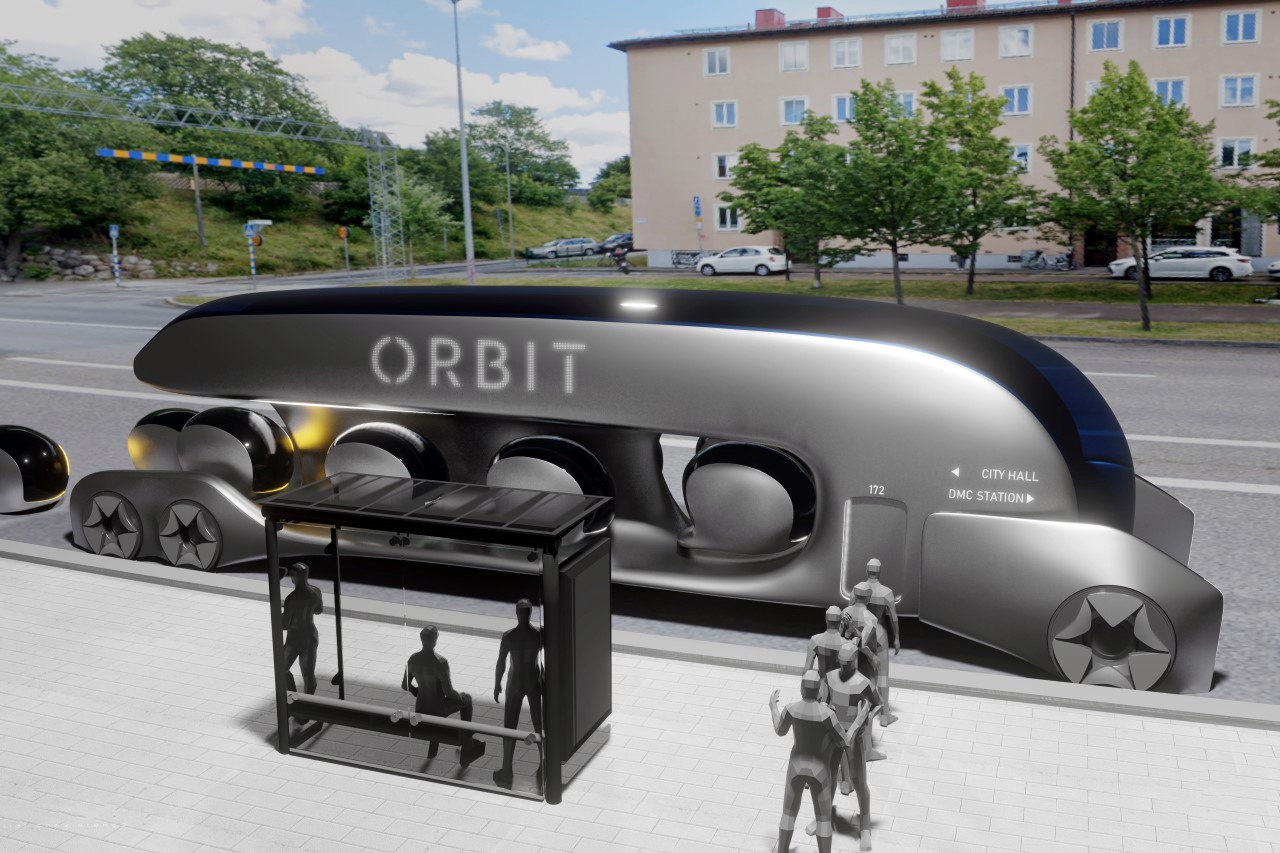
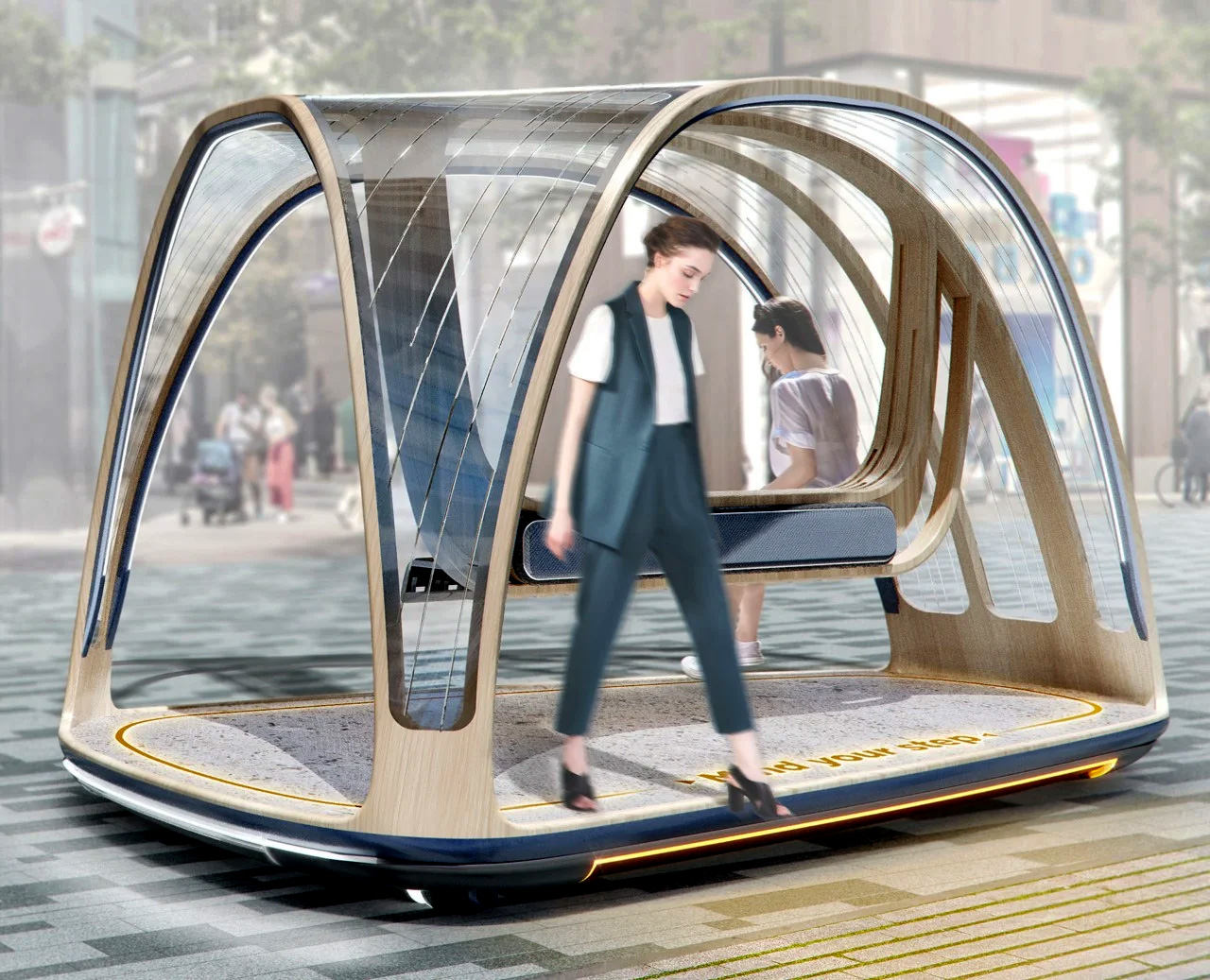
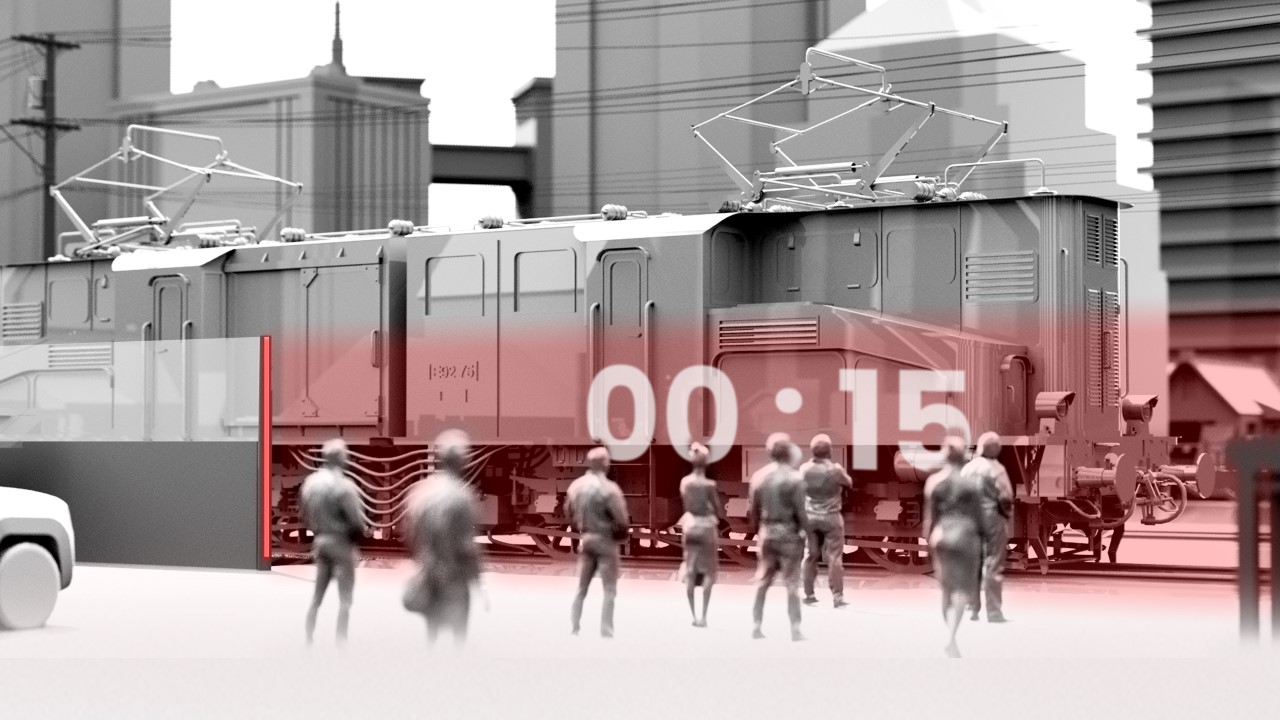

0 Comments